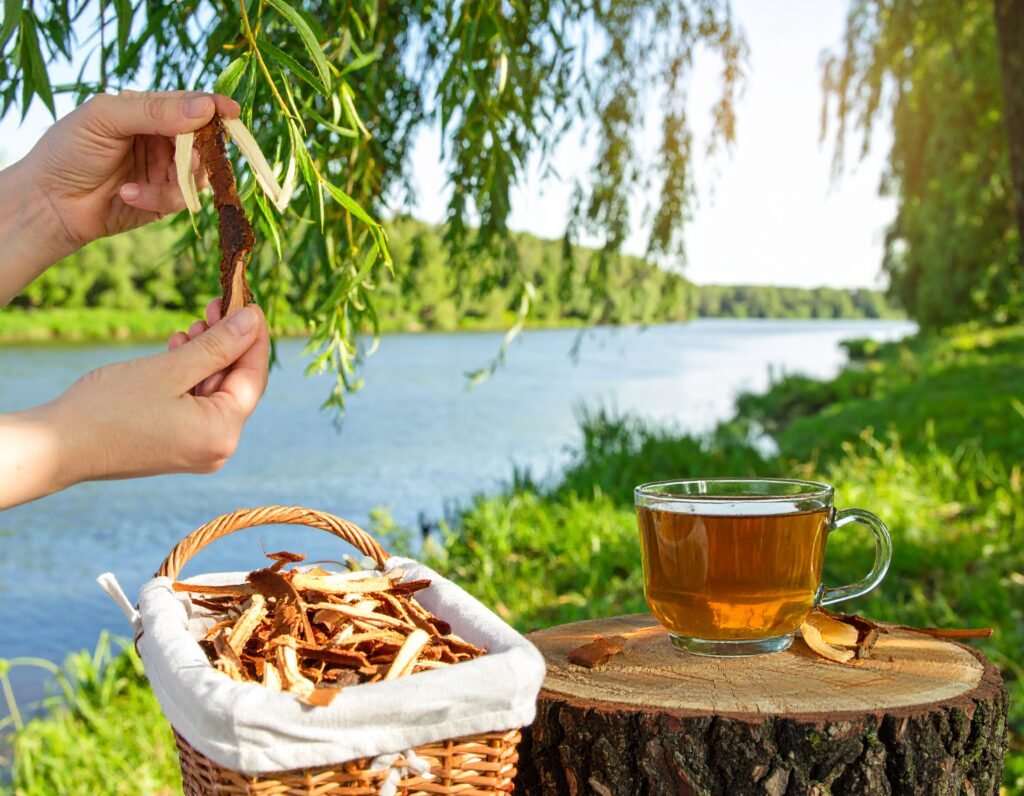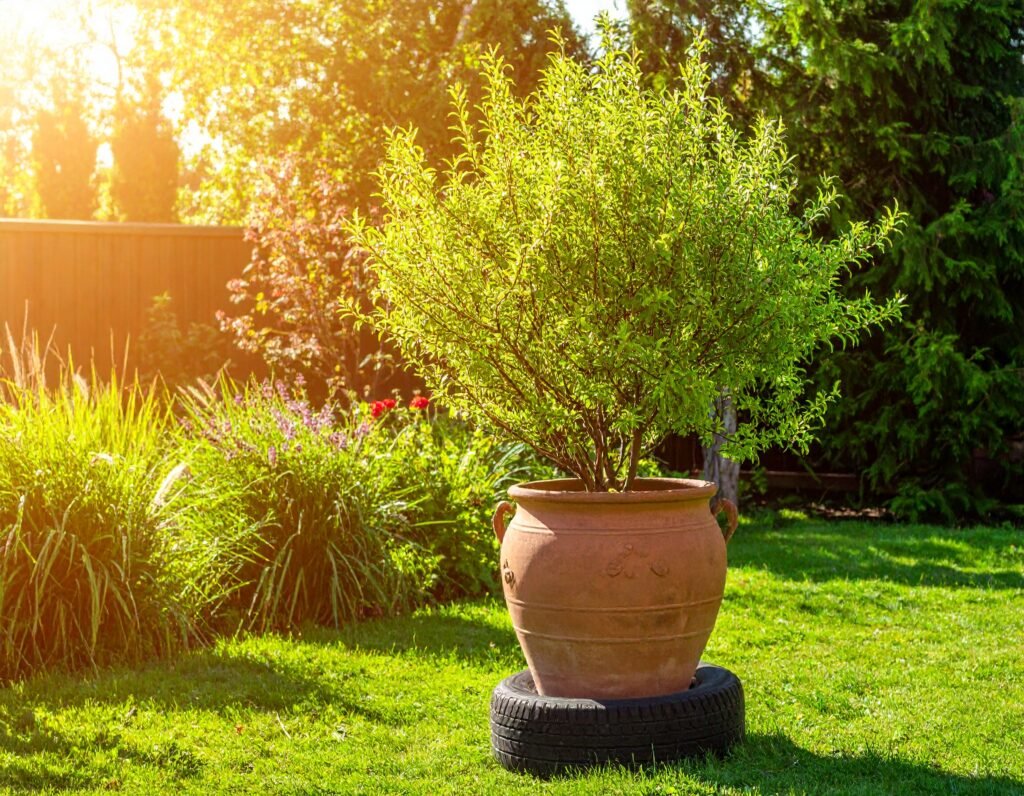Willow Bark: Step-by-Step Guide to Growing, Harvesting & Using Nature’s Aspirin for Pain Relief



Planting & Propagation: How to Grow Willow Successfully
Willows are among the easiest and most rewarding trees to grow, combining beauty, environmental benefits, and medicinal potential. Their rapid growth, graceful form, and healing bark make them ideal for sustainable gardens, wetland borders, or erosion-control projects. With the right location and care, willows can thrive for generations.
Propagation
Willows root so easily that they’ve earned a reputation as “nature’s cuttings.” To propagate:
- Take hardwood cuttings in late winter or early spring before buds appear. Choose healthy, pencil-thick branches about 8–12 inches long.
- Remove any leaves or buds from the lower half of the cutting.
- Insert directly into moist soil or a container of water. Within a few weeks, you’ll see new white roots form.
- Transplant once roots are established—willows adapt quickly to their new environment.
Propagation Tip: You can also create “willow water” by soaking young shoots in water for 2–3 days. The resulting natural rooting solution helps other plant cuttings take root faster!
Soil & Site
Willows love moisture. Choose moist, well-drained soil near ponds, creeks, or areas with consistent water access. While they prefer full sun for optimal bark and leaf production, they tolerate partial shade well. Avoid compacted or clay-heavy soils that retain standing water—these can cause root rot.
Planting
When planting willow saplings, give them plenty of space—about 15–30 feet apart, depending on the species. If planting as a living fence or privacy barrier, closer spacing (8–10 feet) encourages dense, bushy growth. Gently firm soil around the base and water thoroughly to settle roots.
Care & Maintenance
- Keep the soil consistently moist during the first growing season to help roots establish deeply.
- Prune annually in winter to control height and encourage fresh bark regrowth.
- For long-term sustainability, practice coppicing—cutting back stems every 2–3 years to promote vigorous new shoots ideal for harvesting bark or crafts.
- Mulch around young trees to retain moisture and suppress weeds, but keep mulch a few inches away from the trunk.
Garden Tip
Willows are ecological powerhouses. Their deep root systems prevent soil erosion, stabilize stream banks, and draw up groundwater—improving soil structure and moisture retention. Their flowers attract pollinators and beneficial insects, making them a valuable addition to both medicinal and permaculture gardens. For a balanced ecosystem, plant willows near water features or rain gardens where they can thrive naturally.


Harvesting Willow Bark
Willow bark is prized for its natural salicin content—the compound that inspired modern aspirin. Harvesting it at the right time and with care ensures both potent medicine and a healthy, long-living tree. This process can be done sustainably, allowing you to enjoy yearly harvests without damaging your willow grove.
Best Time to Harvest
The ideal time to collect willow bark is in early spring, just as the sap begins to rise and before the leaves fully emerge. During this period, the bark is easiest to peel and contains the highest concentration of salicin and beneficial polyphenols. Choose young, flexible branches that are 1–2 years old—they hold more active compounds than mature wood.
Harvesting Method
- Use clean, sharp pruning shears or a knife to cut young, healthy branches roughly the width of a finger.
- Carefully peel off thin strips of the outer bark, avoiding deep cuts that remove the inner wood or harm the tree’s vascular tissue.
- Work on multiple small branches rather than a single large one to allow the tree to regenerate easily.
- Lay bark strips in a single layer on screens or trays in a cool, shaded, and well-ventilated area.
- Dry completely—typically within 7–10 days—until the bark feels crisp and snaps cleanly.
Storage & Preservation
Once dried, store willow bark in airtight glass jars or metal tins, away from sunlight and moisture to preserve potency. Properly stored bark retains its medicinal value for up to a year and can be used for making teas, tinctures, and salves.
Sustainable Harvesting Tip
Never strip bark directly from the trunk—this can girdle and kill the tree. Instead, focus on younger side branches that grow back quickly. Always leave enough healthy bark for the tree to continue photosynthesis and regeneration. Willows respond well to careful pruning and can provide annual harvests for decades when managed mindfully.
Herbal Insight
The dried bark can be ground into powder or simmered to create willow bark tea for natural pain relief. Its gentle action makes it ideal for easing headaches, fevers, joint pain, and muscle soreness—offering the healing wisdom of nature in every cup.
Willow Bark Remedies
Willow Bark Tea:
Tincture:
Compress:
Combination:
Support pain relief and wellness with willow bark supplements and teas from trusted sources.
Buy Willow Bark at Amazon
Not for those allergic to aspirin, pregnant women, or children without medical advice. Start with small doses and monitor for sensitivity.
Get the anti-inflammatory game plan—yours free!
Did You Know?
Find trusted willow bark products and natural pain remedies curated for your wellness.
Buy Willow Products